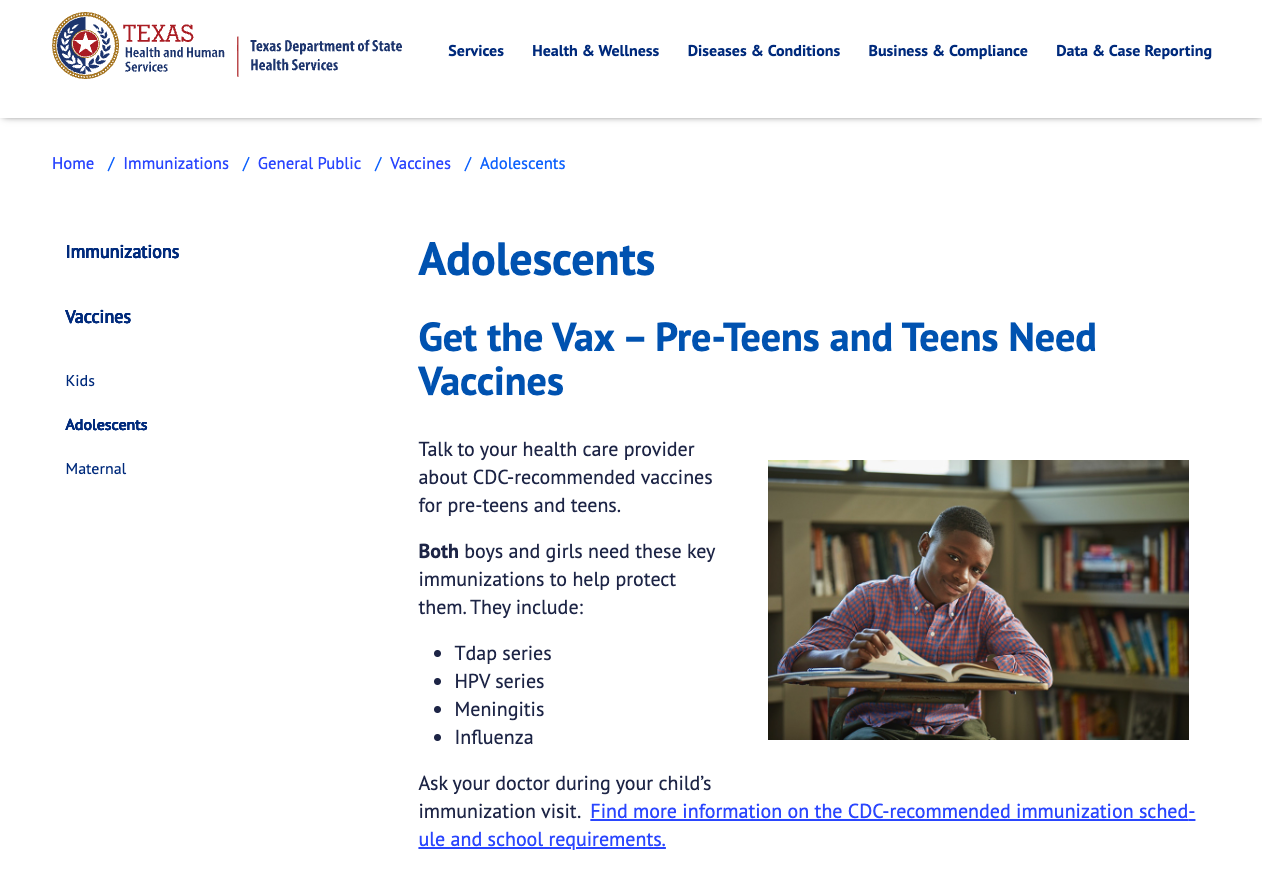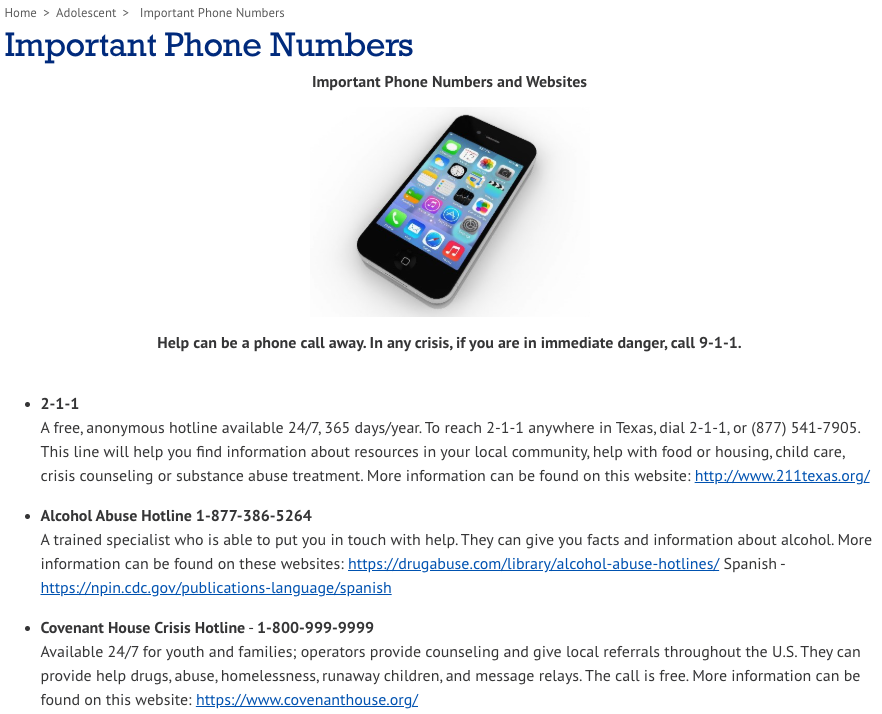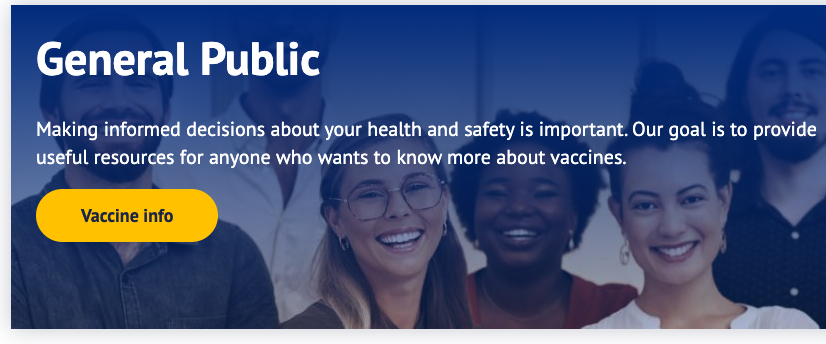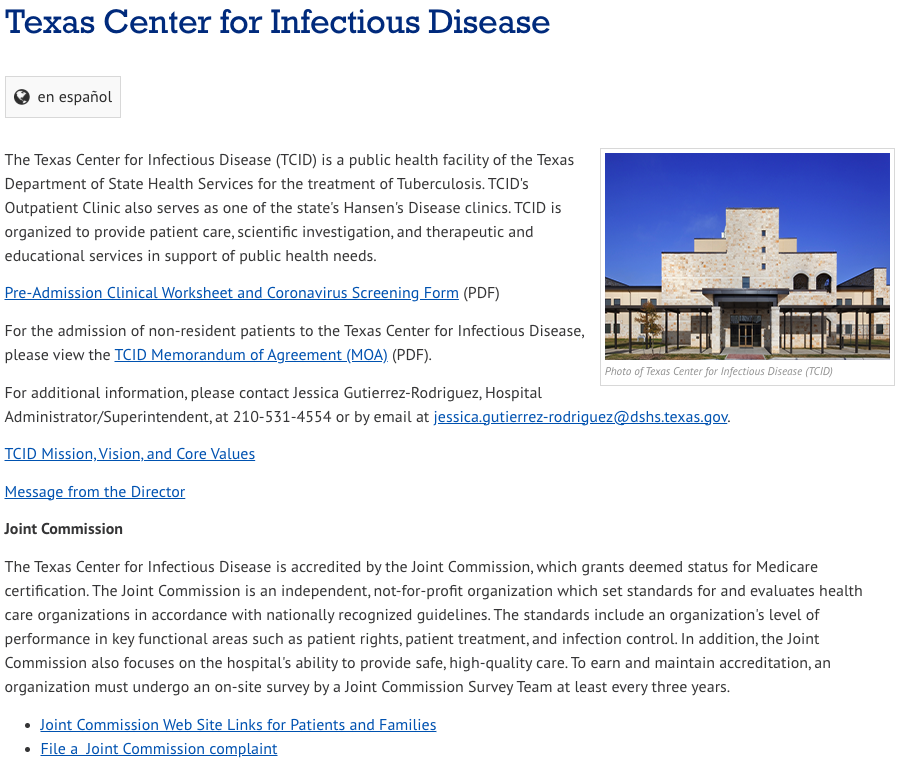DSHS - Plain Language & Accessibility System
Creating a comprehensive brand style guide with plain language and accessibility rules
Reduced reading levels from postgraduate to 6–8th grade and improved task completion by building a repeatable plain-language and WCAG-aligned pattern library.
Context
Critical public-health content demanded high comprehension and compliance. Many pages were dense, policy-heavy, and inconsistent, creating barriers for general-reading audiences and assistive-technology users.
Results
Reading level lowered from postgraduate to 6–8th grade.
Task completion +40% on key journeys after rewrites and pattern adoption.
Drove consistent, measurable improvements that contributed to the DCI lift (60.7 → 83.5).
Cleaned up and edited outdated content and organized it using new and approved layouts. (i.e. Texas Center for Infectious Disease webpage)
Before
Collaboration
Worked daily with UX/UI in Figma on flow-level copy; partnered with compliance/SMEs to translate policy into user-facing guidance without losing intent.
My approach
Plain-language standards: Defined voice/tone, sentence structure, and glossary rules; created “before → after” patterns for headings, summaries, and link text.
Microcopy & forms: Established error-state, helper-text, and confirmation patterns; created microcopy and CATs for clarity and progressive disclosure.
Accessibility fixes: Enforced WCAG 2.0 AA practices across headings, landmarks, alt text, link purpose, and focus order; added QA steps to the editorial checklist.
Skill transfer: Built quick reference cards and ran working sessions so non-writers could apply the patterns.
After
Constraints
Kept legal intent intact while simplifying; when wording couldn’t change, added supporting summaries and examples to preserve clarity.




